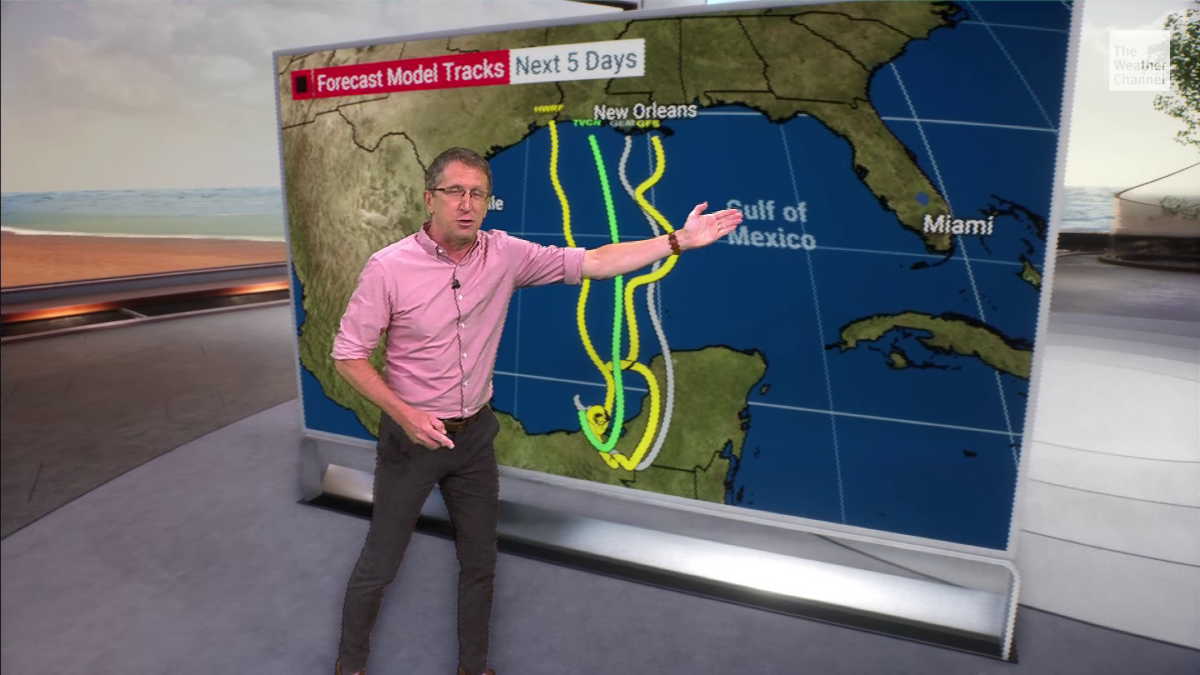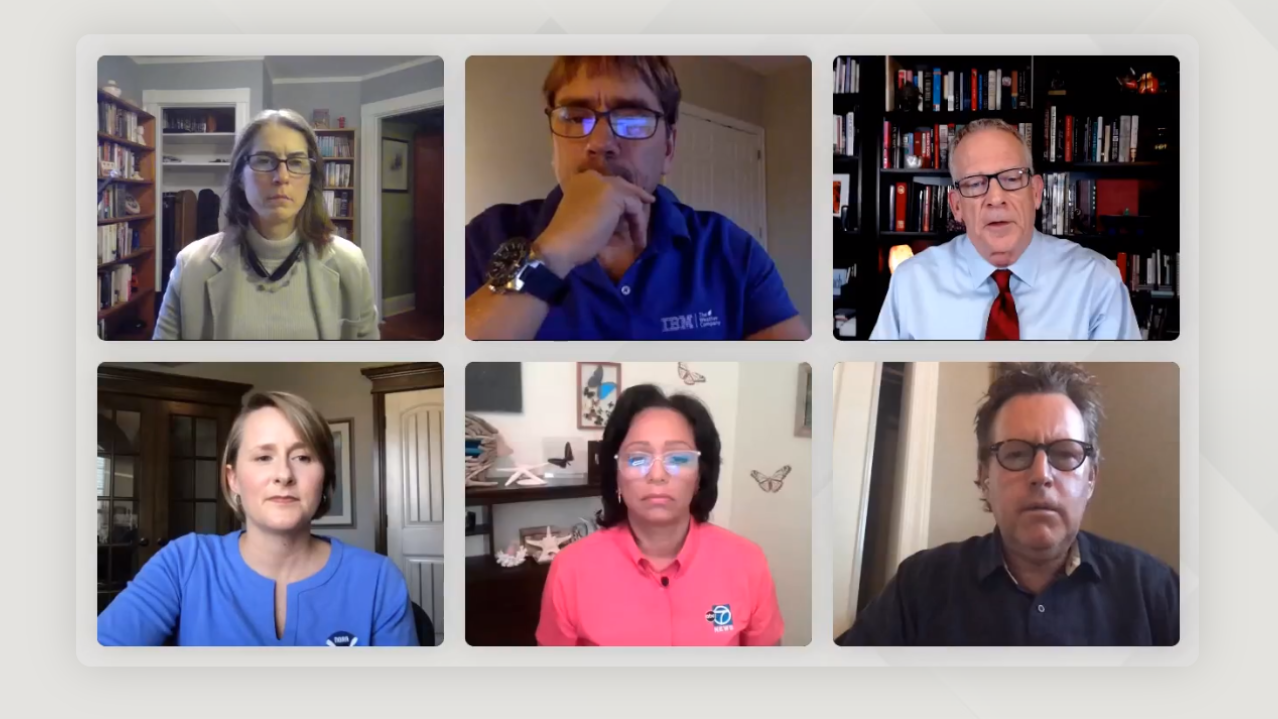NextGen TV Could Have Its Biggest Impact on Weather Forecasting
AWARN webinar discusses how ATSC 3.0 will bring more focused and detailed weather information to viewers

WASHINGTON—NextGen TV, the evolution of broadcast TV powered by the ATSC 3.0 standard, will have wide-ranging impacts on how TV is delivered and viewed by consumers, but according to John Lawson, executive director of the AWARN Alliance, perhaps no broadcast element has a bigger upside with NextGen TV than weather.
The AWARN Alliance discussed what things will look like with ATSC 3.0 in this week’s webinar “NextGen TV and the Future of TV Weather.”
THE BASICS OF ADVANCED EMERGENCY ALERTING
The ATSC 3.0 standard is built with a multitude of layers that offer different types of services, but as ATSC President Madeleine Noland outlined in the webinar, the most relevant to weather broadcast is its Advanced Emergency Alerting layer.
One of the key AEA features includes what Noland called the receiver “wake-up,” a bootstrap component of the layer that enables monitoring for alerts even when a receiver is in stand-by mode. If a relevant alert is sent out, the monitor will wake-up and broadcast the alert.
There is also the AEA table, which determines the key information that is needed to properly disseminate alerts. This includes data like where the alert is for, allowing for geo-targeting; the timing of the alert, severity, and more. Noland called the AEA table “the heart and soul of the system.”
Other elements that the AEA layer provides is the delivery of rich media, including interactive content for recipients.
PUTTING IT TO USE
It’s not enough to just have the tool, the right people need to know how to properly use it. The groundwork for this certainly seems to be in place based off of the panelists’ presentations during AWARN’s webinar.
Get the TV Tech Newsletter
The professional video industry's #1 source for news, trends and product and tech information. Sign up below.
Veronica Johnson, morning lead meteorologist with WJLA in D.C. and a fellow of the American Meteorological Society, discussed how broadcasters can improve upon their role as a trusted source of weather and other emergency information with NextGen TV.
Many people get their alerts from either broadcast TV or radio stations, which come in the form of on-air announcements or text crawls and texts/push alerts to mobile devices. However, these alerts are typically delivered to a very broad audience, where everyone might not be impacted—a source of frustration for many Johnson has found, especially when it interrupts “Jeopardy.”
The ability to focus alerts via AEA’s geo-targeting capabilities is expected to remedy that. Johnson takes it a step further and says that dedicated, area-specific weather channels could be developed to provide 24/7 information.
Johnson also highlighted how alerts via AEA can be delivered to more devices beyond just the TV or smartphone. Gaming devices are a potential source for receiving alerts, as are cars, which could receive information on road closures or other incidents impacting someone’s commute.
Johnson says she sees “zero negatives” and all positives with the launch of NextGen TV, and believes that it will become the second most important tool for weather broadcasters, behind radar.

A ‘BACKBONE OF WEATHER INNOVATION’
The weather industry itself is also utilizing NextGen TV technology. FACETs (Forecasting a Continuum of Environmental Threats) has been working with broadcasters since 2016 to determine how its technology can be incorporated to better serve broadcasters and their viewers. “The more we learn as researchers, the more we are excited about what we can provide broadcasters,” said Kodi Berry, Ph.D, FACETs program lead at NOAA National Severe Storms Laboratory.
The Weather Company has found that NextGen TV tech gives a boost to a number of its features, including its Weather InSight program, which uses AI to provide hyper-local and hyper-focused information. Rodney Thompson, senior strategist, Digital B2B/B2C weather products for The Weather Company, said that NextGen TV creates a better experience for delivering weather information.
“ATSC 3.0 can be the backbone of weather and weather innovation,” said Mark Taylor, a technologist with MyRadar and a strategic advisor to the AWARN Alliance. However, when asked if the weather industry is expected to wait for broadcasters to utilize the NextGen TV tech he put it bluntly. “No, but hopefully we can do it together.”
ATSC 3.0 deployments are already underway across the country, ready to serve viewers that have ATSC 3.0-compatible TV models—Sony, Samsung and LG are currently offering NextGen TV capable models. Noland reports that ATSC 3.0 is expected to reach 50% of the U.S. TV households in the first quarter of 2021, then 75% by the fall of 2021.
